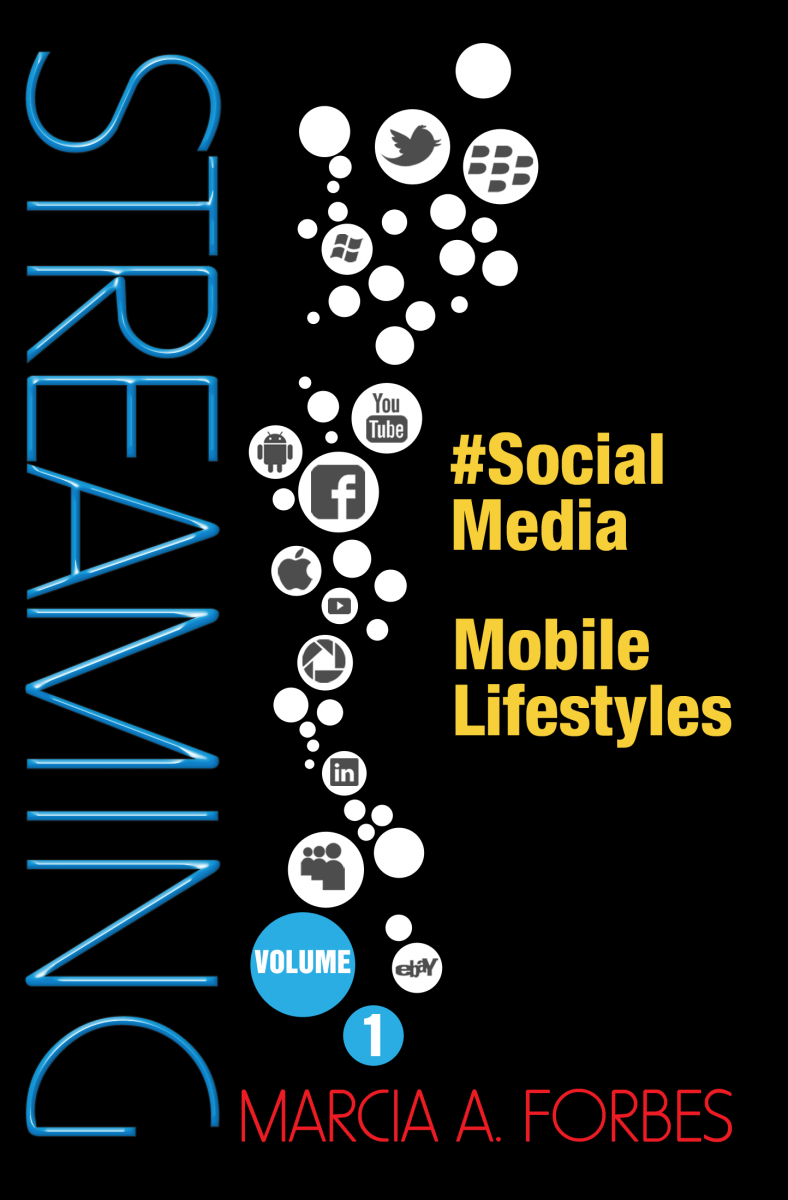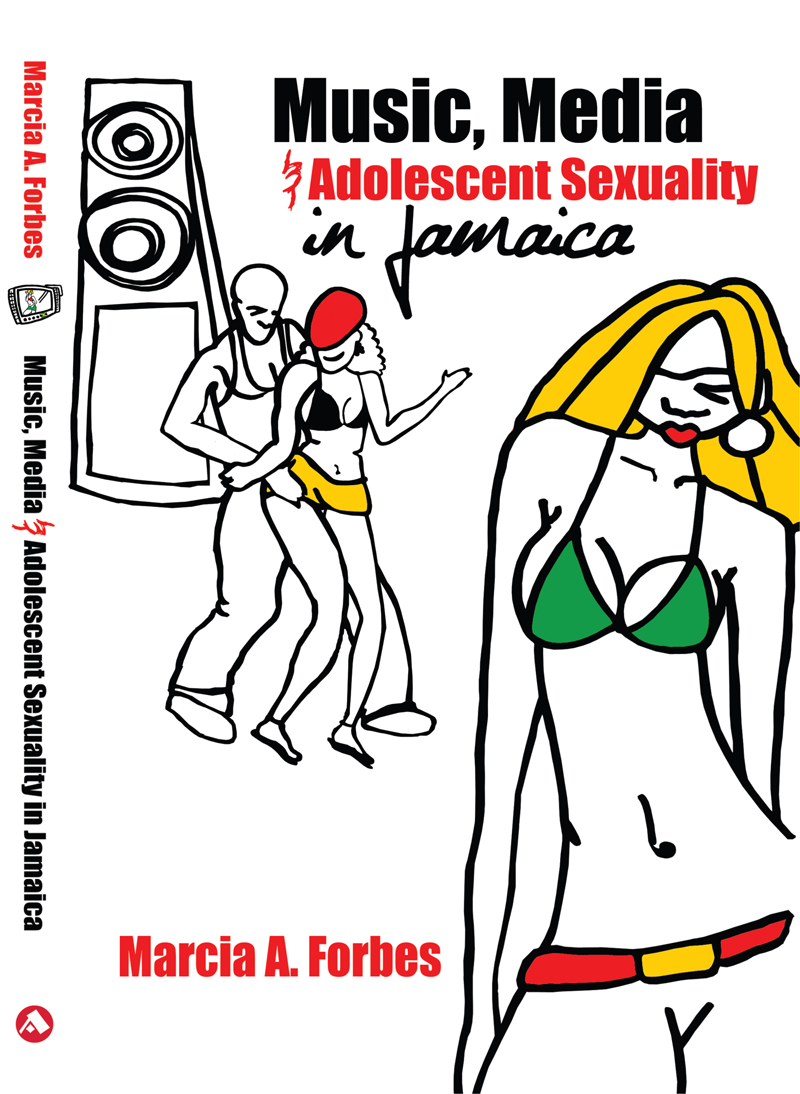The Social Impact of Jamaican Popular Music
The Social Impact of Jamaican Popular Music
Excerpts from July 2011 Lecture to Students from Temple University, USA
What is Jamaican Popular Music?
What music are we talking about when we speak of Jamaican popular music? Is it music indigenous to Jamaica, created by Jamaicans or does it also include popular music consumed and enjoyed by Jamaicans? And what about music created by Jamaicans living outside of Jamaica?
In the research work toward Music, Media & Adolescent Sexuality in Jamaica, when asked to indicate which of 17 different genres they most enjoyed watching, 28.2% of respondents listed Dancehall. Of note though is that 27% named Hip Hop as their first choice. Reggae only attracted 17% of first choice votes.
 The role of Jamaican and one Jamaican in particular, DJ Kool Herc, in the 1970s creation of hip hop is now well documented. So, although listed as an American genre, the genesis of hip hop was partly derived from Jamaican DJs and our dub-style mixing of music and rapping over this music, called toasting.
The role of Jamaican and one Jamaican in particular, DJ Kool Herc, in the 1970s creation of hip hop is now well documented. So, although listed as an American genre, the genesis of hip hop was partly derived from Jamaican DJs and our dub-style mixing of music and rapping over this music, called toasting.
Recently there has been some controversy about locally created hip hop by young artistes, accusing them of diluting dancehall. However, as far back as 2005/2006 when my music-related survey was conducted, the popularity of hip hop among youths was evident. If the trend continues we may end up with Jamaican Hip Hop as another of our indigenous genres, alongside Dancehall and Reggae.
Let me raise another issue for our contemplation -- Is it that Jamaican popular music influences Jamaican society or is it that Jamaican society influences the music? The much argued art versus reality issue.
Art versus Reality
Importantly the conundrum of whether art reflects or mirrors society versus whether art helps to create certain types of reality continues to be argued and especially so in relation to the influence of Television and of Music. I marry TV and music because of the power of the visual medium and the ways in which music videos lock us into certain imaginaries as we listen to the music. Additionally, music videos are a key marketing tool for songs. With new media technologies such as mobile phones and YouTube music videos are becoming near ubiquitous, thereby enhancing their potential to influence.
To complicate the issue of art versus reality, research findings continue to be inconclusive (e.g. Larson 1995; Chandler 1997; Taylor 2005; Best 2004). The latter wrote about Caribbean music videos, specifically those from Jamaica, and their levels of what he describes as ‘stark realism’ and how these portrayals confine the culture to an ‘x-rated’ status and limit our perceptions of ourselves. Only yesterday there was an article in one of our newspapers, The Gleaner, questioning whether Jamaican popular music was negatively influencing us into depression. Citing research out of the UK, the article spoke about “the negative nature of the music, created by ‘descending lines’” which “implicitly underscore the message of that rhythm” and which can directly impact our actions.
I put it to you that an either/or position regarding Art and Reality disguises the nature of the symbiotic relationship between them, the complex interplay between the two. Social conditions influence the type of music that is created and the type of music we create influences our social reality or at least our perceptions of this reality. This then is the paradox of the social impact of Jamaican popular music. Society feeds our music and society also feeds off of our music in an on-going process of symbiosis, with one hand washing the other. Describing music videos, one focus group participant succinctly captured this paradox, “I think they make reality and they are reality”
There are many Jamaicas and not a single one as many may believe? These are a variety of Jamaicans and I want you to remember this as we talk about the social impact of Jamaican music. Impact will vary somewhat depending on which Jamaica we examine in relation to music.
There is uptown Jamaica, downtown Jamaica and in between Jamaica. There are different slices of each Jamaica and as a foreigner, depending on the slice you engage with, you may actually believe that you are in different countries as your experiences can be quite dissimilar depending on where you go and who you speak with.
Race/Colour, Class, Sex, Gender
Issues of race, colour and class as well as family, gender, age and the context within which music is consumed all bring some measure of influence on what we make of what we see and hear in our music and their accompanying music videos. Resonance and salience are two concepts I want you to keep top of mind as we engage throughout this session. We are all more likely to pay greater attention to those things which resonate with us and which have greater salience to us. We create meanings based on our biases, our lived realities and our past experiences.
In Jamaica family structure is somewhat tied to class. Middle and upper class adults Jamaicans are expected to marry and behave in certain ways and to listen to certain types of music. Popular music is created by and for the lower class who in general are expected to live in common law relationships. These are shifting stereotypes. Popular music is consumed by ALL classes.
Race & Colour
Without getting into a history or sociology lesson, it’s important to point out that social stratification is divided along colour lines in Jamaica. This is one outcome of our history of slavery and colonialism. One writer described or society as pyramid shaped with the black masses at the base and the tiny top representing the whites. A well know saying in Jamaica goes something like this:
If you white, you’re right
If you black, step back
If you brown, stick around.
When one examines the social structure in Jamaica, this colour issue continues to be reflected, except now it’s not so much straight black and white but stratified shades – Shadism has somewhat replaced racism. So, inarguably black Jamaicans will argue about their shades of brown.
Kartel & Bleaching
One manifestation of our obsession with skin colour is the bleaching phenomena which we see in full force at this time, well represented by Jamaica’s leading and highly controversial DJ, 35 year old Vybz Kartel who has named himself as the Teacher. Kartel has come out stridently in defence of his skin bleaching practices. In a recently hosted presentation at this very university, with a massive turnout of reportedly 5,000, he explained the significance of his tattoos and his reasons for bleaching his skin which he describes as “pretty like a colouring book”.
Google Kartel, bleaching and you’ll be inundated with articles, interviews, pictures and more. Importantly though, Kartel did not invent or introduce bleaching to Jamaica. What he is effectively doing now though is sanitizing and normalizing this practice and we’ve heard the ways in which other artistes have lashed out against this. Dr. Donna Hope in her book Man Vibes Masculinities in the Jamaican Dancehall highlights many of these issues.
Mavado
As reflected in our music, the lines are drawn. In a stinging “Mi nuh bleach wid cream, mi bleach wid mi M-16”, Mavado lashed out against Kartel’s bleaching. Jamaican popular music reflects our social realities. The lyrics and images portrayed in some of our songs and the presentation of the artistes themselves reinforce certain stereotypes.
Look at Mavado’s images. In the middle we see the bad man, dressed in military looking garb with what could be interpreted as splashes of blood all around. At the bottom there is the hooded demonic looking image with one green eye and splashes of blood with the words “war is on” written in one large splash. Youths idolize Mavado and Kartel. Both have been know for anti-social behaviours and murder music. Expressing their reverence of DJs and the significant role they play, one older middle class male focus group noted,
“When you watch these videos you kinda get a idea of societal norms and you try to adopt these to fit in society…
The norms are there but when you see a DJ pick up those norms and emphasize them, it takes a whole new turn.
We who love the music videos will now say, ‘Alright, that is what I am supposed to do’.”
Buju
I imagine many of you may have heard about Buju Banton, given the prominence of his ‘Boom, Bye, Bye’ anti-gay song which he sang at only age 15 years, and especially since his incarceration in a US jail. Buju gives us two good examples of the ways in which popular music picks up on as well as responds to social issues.
In 1992 Buju sang ‘Me love me house me love me car, me love me money and ting, but most of all me love me browning’. Very quickly, in response to social pressure with great outcry from women, he resorted to singing about his love for black women.
“me nuh stop cry for all Black woman, nuff things aah gwan for oonuh complexion”
Examine Buju’s choice of words, while we hear a lot of love for brownings, we hearing crying for Black woman. While his use of the word ‘cry’ is meant to imply sexual desire, we are left to contemplate this. The social impact of Jamaican popular music is intimately tied up with our past and with our present. Vestiges of our Past Persist into Our Present.
Sex & Gender
Keen focus on sex, sexuality and gender in our music goes back to Jamaica’s history of plantation life and all that transpired there. Both males and females were sexualized. The black stud served as a Breeder for the slave master, creating new slaves to increase the master’s wealth. The place of mulatto women in the social hierarchy of plantation life is the stuff that novels are made of. The mixed breed seductress, reviled by both black and white women but revered and desired by white and black men. Gender and physical form have played important roles in our past. Slaves had to be fit, whatever the work they had to perform - Physical or sexual!! Professor Verene Shepherd, Professor Hillare Beckles and others have done substantial work in these areas.
Jamaica could perhaps gain a place in the Guinness Book of Records for our numerous competitions which focus on physical form – Beauty contests for Mini Miss Jamaica, Miss Jamaica Teen, Miss Jamaica Universe, Miss World, Miss Jamaica Grandmother, Mr and Miss Jamaica Bodybuilder. Then the numerous Fashion Shows, with Saint and Pulse Models plus all the rest in keen competition.
In Jamaica sex doesn’t just sell, it sells EVERYTHING!! This is the social context in which our music is created. We Jamaicans value colour, class, sex and fecundity. This is a part of our social reality and our music, Dancehall, Reggae or even going back to Mento, pick up and amplify this.


